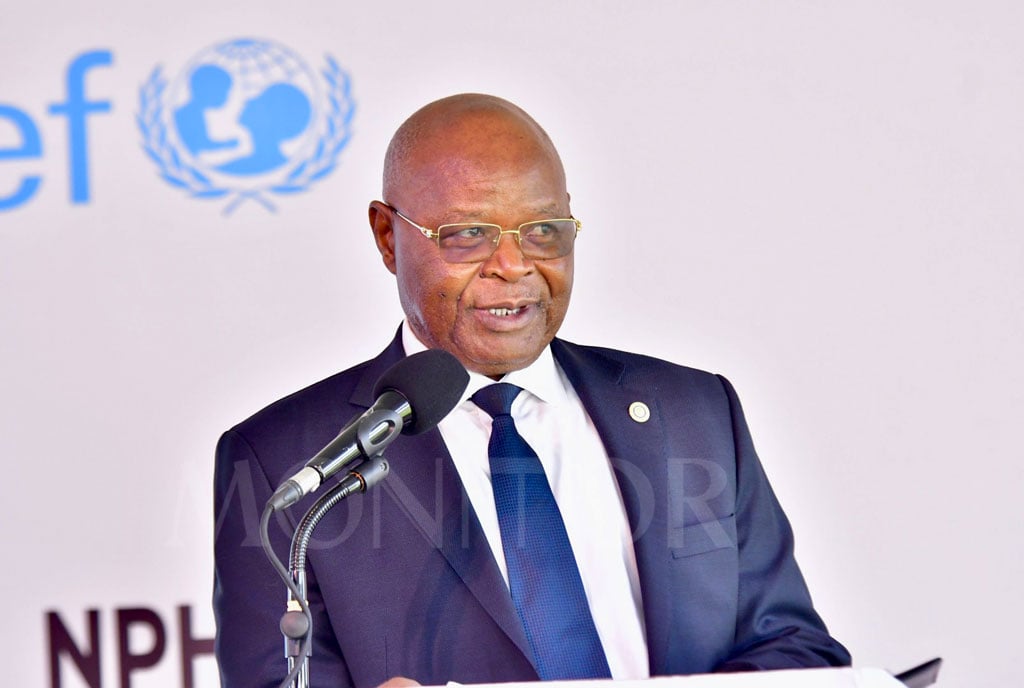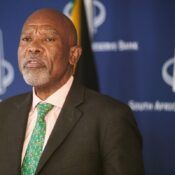
According to Ubos, the population of Uganda is now 45.9 million
Uganda Bureau of Statistics (Ubos) revealed the preliminary findings of the 2024 national census on Thursday, bringing the country’s population up to 45.9 million from 34.6 million in 2014.
This is a 2.9 percent growth rate in population, or 11.3 million more people, during the last ten years, according to Ubos.
A community questionnaire with more than 60 items and over 160 questions at the home level were used to collect data for Uganda’s sixth post-independence and first digital census.
According to Ubos Executive Director Chris Mukiza, refugees counted in Uganda on census night (May 9) accounted for at least 780, 061 of the nation’s most recent population data.
The majority of Ugandans live in Buganda, with the Karamoja region having the smallest population.
According to an Ubus population pyramid, 50.5 percent of Ugandans are under the age of 17, and youths (18 to 30) make up 22.7 percent of the population. This indicates that Uganda is a young nation.
Since women make up 23.4 million of Uganda’s population, it seems likely that they have constantly outnumbered men for the past 20+ years.
In terms of demographics, there are more male babies born than female babies. ICT Minister Dr. Chris Baryomunsi noted, “It is estimated that there are 105 males born, but more males die in life due to biological, social, and environmental issues.”
Since the first national census was carried out in 1911, Uganda’s population has increased dramatically.
Mukiza continued to state on Thursday that Ubos will “conduct a post-enumeration survey in July 2024 to check the quality of the census data in regard to content and coverage.”
He emphasized, “Thereafter, additional data analysis and publication of final census results in September 2024.”
All Categories
Recent Posts
Tags
+13162306000
zoneyetu@yahoo.com



